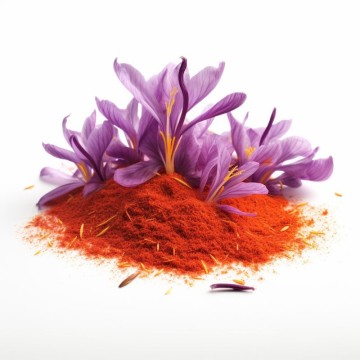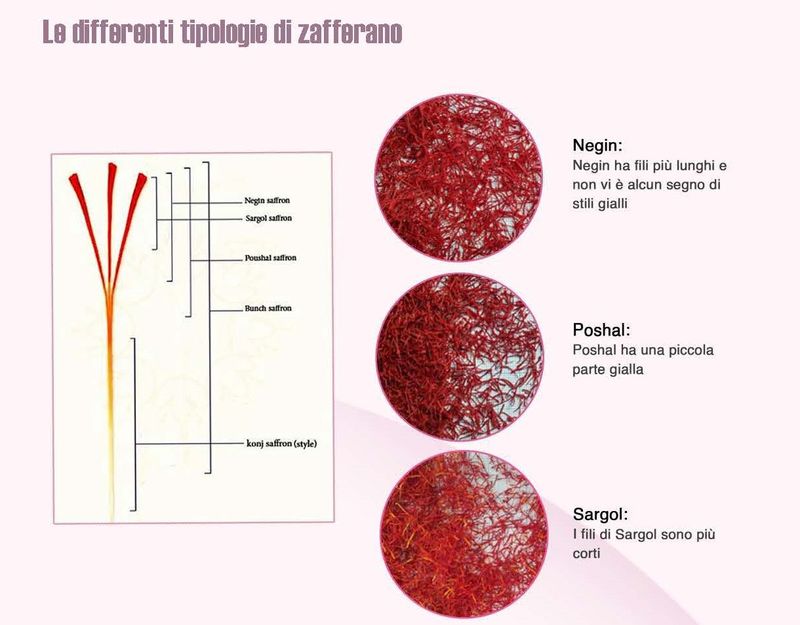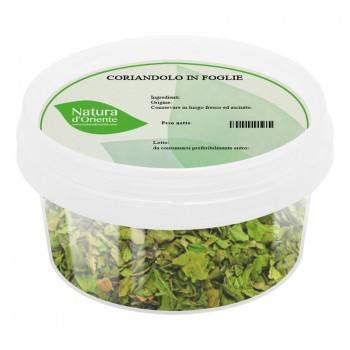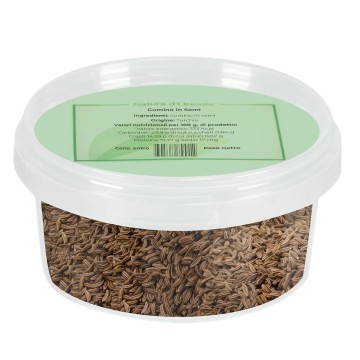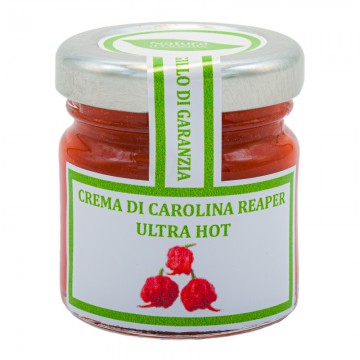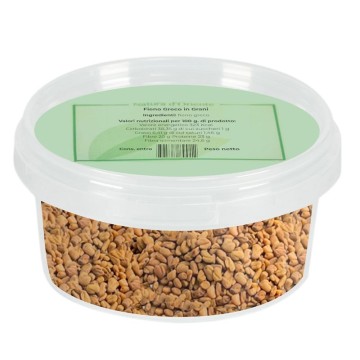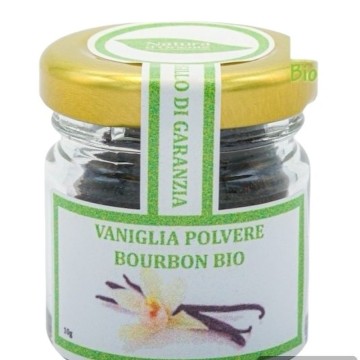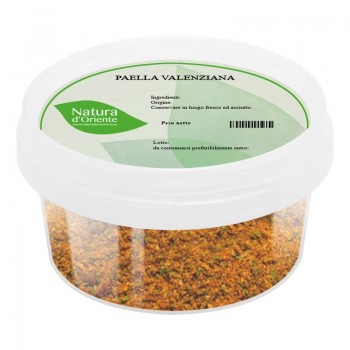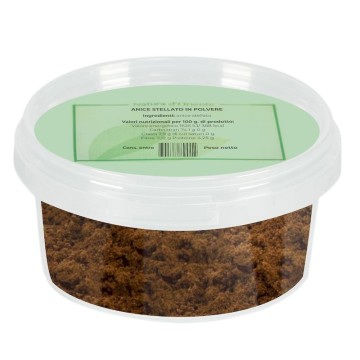Chives: benefits and properties
Considered an aromatic herb that is part of the onion genus, as a vegetable it has various uses and benefits. Its stems represent the edible part, used as a condiment in the kitchen for various dishes, vegetarian savory recipes, meat and fish. The flavor of chives is similar to that of garlic but much more delicate and pleasant in culinary applications. The herbaceous flavor is rather reminiscent of spring onions or young leeks, and pairs perfectly with fresh garlic. .
From the point of view of well-being, this food is rich in digestive, purifying and diuretic properties. Useful qualities to keep the kidneys healthy and promote intestinal transit with its natural laxative properties.
On a nutritional level, chives contain vitamins, especially C and group B, as well as mineral salts such as calcium, magnesium, iron. It provides fibers useful for intestinal health and is considered a good seasoning due to the presence of folic acid, vitamin B9. The main component of chives is an essential oil of the onion type, and has digestive, laxative and gastric juice stimulating properties.
The allyl sulfides and other organic compounds present in chives can provide benefits similar to those of garlic, alleviating digestive disorders. Furthermore, they have natural purifying qualities and can increase the absorption of nutrients by the intestine.
For these qualities, chives are also suitable to be included in a detoxifying and purifying diet. The mild diuretic properties, combined with the digestive ones, make chives useful for getting rid of toxins, salts, excess water. Chives also contain glycolic acid, flavonoids and other substances with antioxidant power. Antioxidants help fight free radicals, therefore cellular aging. Chives are well tolerated, but caution should be used in cases of gastritis or reflux: in excessive quantities it stimulates the production of gastric juices.
Using chives in cooking
There are countless culinary uses of this herb, on many different dishes - the important thing is to consider that it does not tolerate long cooking and should be used raw as a condiment. The fragrant and crunchy stems can be used in sauces or at the end of cooking, as a garnish. The result is always delicate, does not cover the flavors and does not give too much aromatic emphasis to the dishes.
Meat and fish: very well known for flavoring fish dishes, for its delicacy, on white meats it becomes an excellent seasoning, as well as for final decorations. .
Savory recipes: it is appreciated as a fragrant herb in soups and salads, and often used in Mexican cuisine. Chives lend themselves to flavoring dishes based on potatoes, eggs and omelettes, yogurt, soft and creamy cheeses such as ricotta. Excellent on boiled vegetables, it combines well with cream soups and risottos. It is also used to create savory pies, fragrant soups together with other spices. .
Sauces: This is an aromatic herb that adds color and rich flavor to sauces and gravies, used with butter to infuse a delicate, herbaceous flavor. Chive infusion is also well-known, made as a natural remedy for constipation.
Trofie with aromatic herbs
Ingredients: extra virgin olive oil to taste - oregano to taste - 40 g parmesan cheese - 5 sage leaves - 1 sprig of thyme - 18 basil leaves - 500 g trofie, egg pasta - black pepper to taste - 7 chive stalks - 1 sprig of dried marjoram - parsley to taste - salt to taste.
Preparation Wash the basil leaves, a sprig of parsley, the thyme and marjoram, the chives and the sage leaves. Chop the chives with scissors and break the other herbs with your hands. Gently dry the herbs with a sheet of absorbent paper, and when you remove the leaves from the sprigs and sprigs, set them aside for the garnish. Pour all the prepared herbs and the dried oregano into a large bowl. Cook the pasta in plenty of boiling salted water. Set aside 4-5 tablespoons of the cooking water and drain the pasta al dente. Transfer it to a non-stick pan, add the reserved cooking water, 40 g of grated parmesan cheese and a sprinkling of black pepper. Add a drizzle of extra virgin olive oil and sauté the trofie for a few moments. Turn off the heat and leave to mix with the lid on, for about 1 minute. Transadd the pasta to the bowl with the prepared herbs and mix well before serving. You can garnish each dish with the whole leaves of the herbs kept aside. A useful recipe if you want to prepare a vegetarian first course based on fresh pasta, suitable for the summer period.
Origins and History of Cultivation
Chives have the botanical name of Allium schoenoprasum, an aromatic plant of the Amaryllidaceae family. It is native to Europe, North America and some areas of Asia, but is now widespread throughout the world. As a bulbous plant, it has long and hollow stems, the edible part of the plant. It has been used as a condiment since ancient times, as evidenced by the etymology of the generic term (allium), which refers to the garlic plants - widely known by both the Romans and the Greeks. In terms of ancient medicinal use, its use dates back to the Roman Empire, but it is likely that chives were used even earlier for their properties similar to those of garlic. Only in the Middle Ages did chives begin to be cultivated and used systematically in cooking, ever increasing. The Celtic people attributed to it magical properties against the evil eye: by rubbing the whole plant they removed the spell cast by the "bad gnomes" of the forest. It later became increasingly widespread in the culinary field, especially in traditional French and Swedish dishes, used to season soups, pancakes, fish and sandwiches.









 No reward points for this product.
No reward points for this product.

